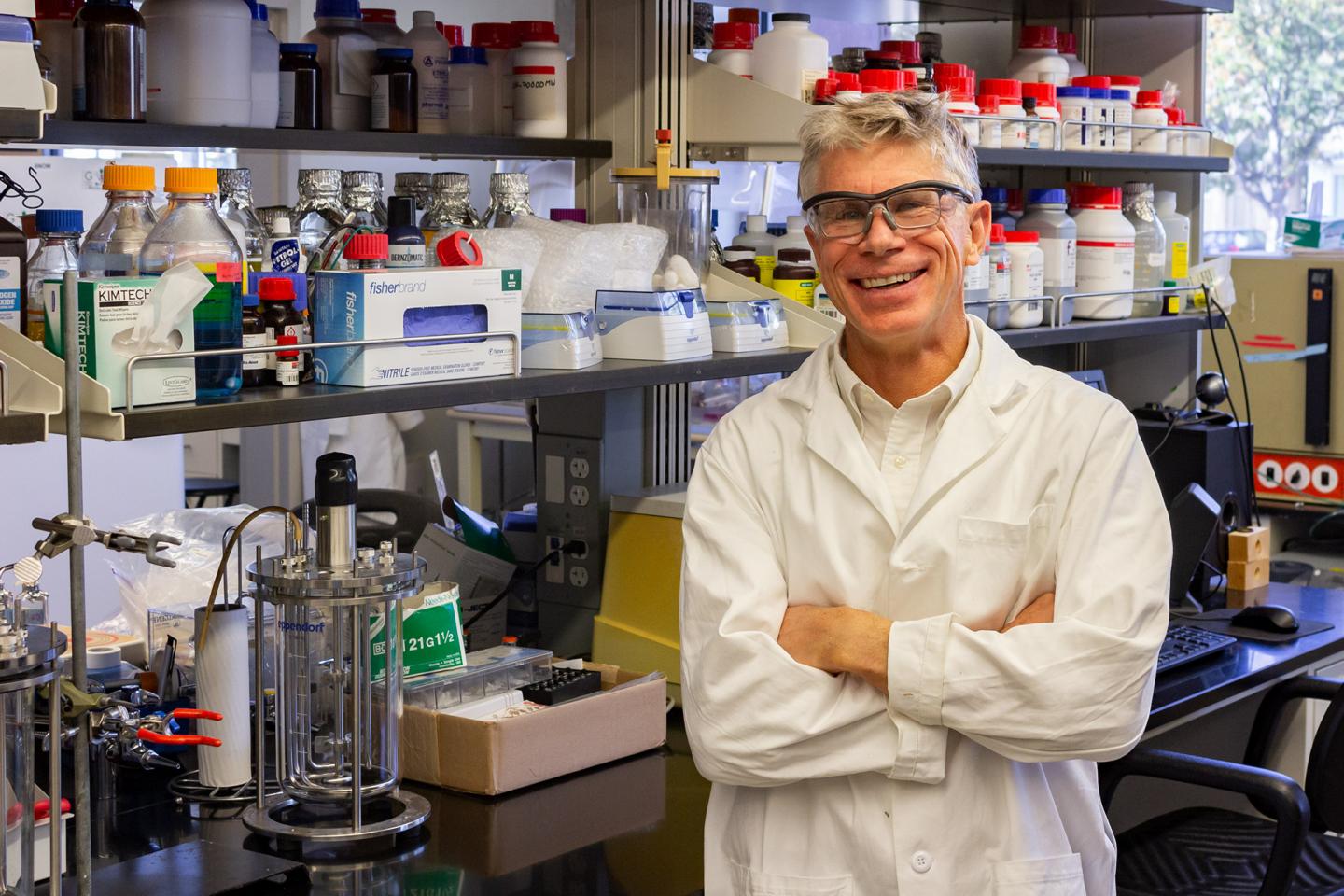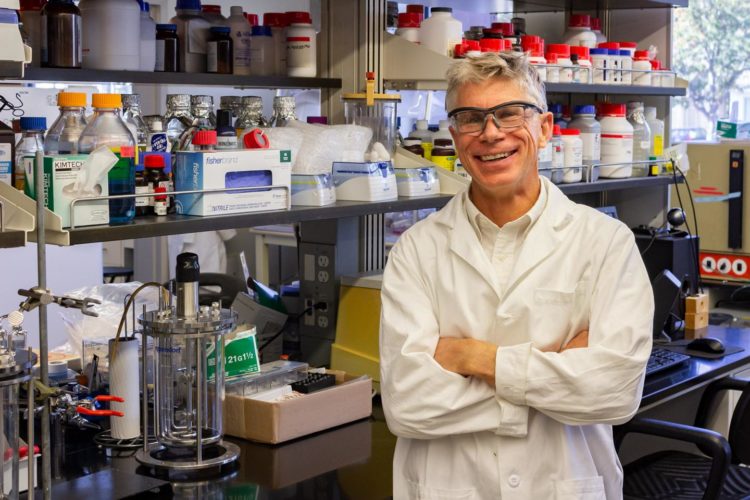Multi-institutional team awarded $5.1 million by Department of Energy to tackle the organic waste problem

Credit: Walter Scott, Jr. College of Engineering Communications
Every year, a staggering amount of organic waste including uneaten food, yard clippings and manure is dumped into landfills, occupying precious land while producing methane and other gases that pollute the atmosphere.
For Colorado State University engineers, this 115 million tons of waste represents not a calamity, but an opportunity – to turn that waste into wealth.
A multi-institutional, CSU-led team has been awarded $5.1 million from the Department of Energy to tackle the organic waste problem with key improvements to a seasoned but unprofitable technology called anaerobic digestion. Anaerobic digestion is a cluster of natural processes by which hungry microorganisms consume carbon-rich organic materials and produce methane and carbon dioxide in an oxygen-free environment.
The DOE Bioenergy Technologies Office recently announced $73 million in support for this and 34 other projects. The CSU team was selected for the DOE office’s “Renewable Energy from Urban and Suburban Wastes” call for proposals, with the goal of transforming such wastes into biofuels and other useful products.
Over the next five years, the CSU team led by Ken Reardon, professor in the Department of Chemical and Biological Engineering, aims to make technologically sound, economically sensible improvements to anaerobic digestion of organic waste materials in newly designed bioreactors. The team includes CSU assistant professor Joshua Chan in chemical engineering; CSU associate professor Susan DeLong in chemical engineering; CSU associate professor Jason Quinn in the Department of Mechanical Engineering, and collaborators at the National Renewable Energy Laboratory, South Dakota School of Mines and Technology, and University of California, Irvine.
“Broadly speaking, we want to improve the economic and environmental sustainability of waste treatment by producing a more valuable product and releasing less carbon dioxide,” said Reardon, who leads or co-leads other multi-million dollar research initiatives in bioengineering for bio-based products, including algae biofuels.
The team plans to redesign anaerobic digesters by adding renewable electrons from solar or wind to the process. The electrons would redirect how microorganisms break down large organic molecules in things like grass and manure. The team will develop methods for electrons to activate carbon dioxide, produced in anaerobic digestion, to convert the waste into two smaller carbon-chained products: hexanoic acid, which can be upgraded to a fuel precursor; and isobutanol, which can be blended with or upgraded to gasoline.
By directing anaerobic industrial microbiomes and engineered bacteria to make hexanoic acid and isobutanol, while limiting production of low-value methane and waste carbon dioxide, the research could seed a market for anaerobic digestion as a means of dealing with organic waste instead of dumping it into landfills or making compost. Up until now, the process has not been profitable enough to be widely used in the United States.
Over the next five years, the researchers will integrate their various expertises to making anaerobic digestion profitable: from altering the microbial communities, to designing the bioreactors and performing life-cycle assessments to ensure the technology would be scalable and profitable. Lab reactor experiments will eventually move to a test facility at South Dakota School of Mines and Technology, so that the researchers can run experiments more closely resembling a commercial setting.
The grant funds an educational component unusual for DOE research awards. The research will heavily involve graduate and undergraduate students, who will have opportunities to work at test facilities and take on leadership roles in the research. The scientists will also partner with CSU’s National Western Center to design an interactive, public-facing showcase of their work. Finally, the project will convene an industrial advisory board, including Leprino Foods, that integrates the perspective of for-profit companies, which may also provide internships opportunities for the students.
Quinn, along with CSU collaborators Steve Simske and Tom Bradley, also received $1 million in the same round of funding for a project on optimization of energy production pathways.
###
Media Contact
Anne Manning
[email protected]
970-491-7099
Original Source
https:/





